
The Business of Fashion
Agenda-setting intelligence, analysis and advice for the global fashion community.

Agenda-setting intelligence, analysis and advice for the global fashion community.
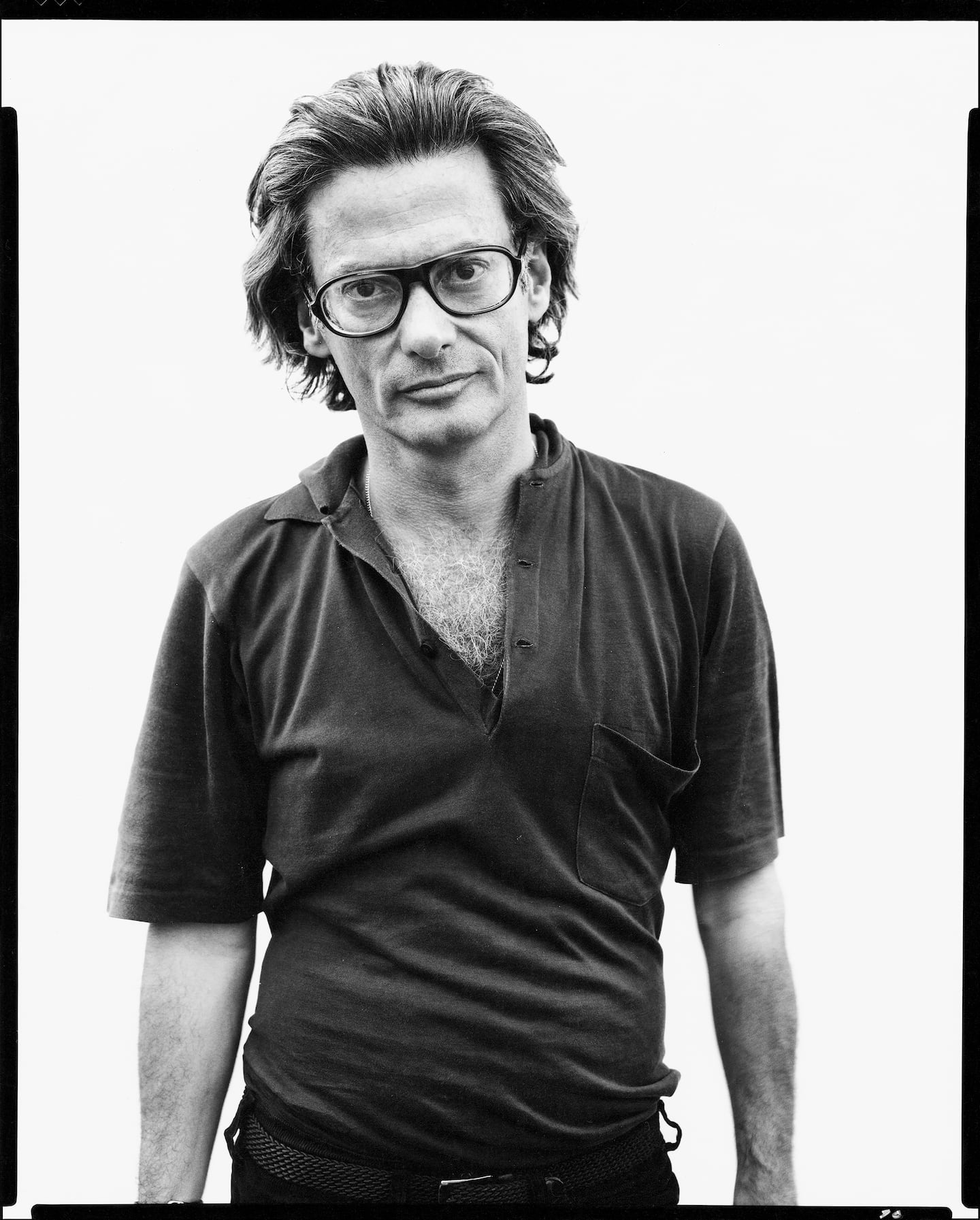
Richard Avedon got his first assignment from Harper’s Bazaar in 1944, when he was 21 years old. For the next six decades, his coverage of fashion, fame and cultural revolutions created a peerless iconography. His work has been recognized over the years in huge museum retrospectives, so much so that you might have expected the centenary of his birth on May 15 to occasion a massive institutional blowout from the likes of the Metropolitan Museum in New York. The Met, and dozens of other institutions in the US, did acknowledge the anniversary in their own lowkey ways: the joint initiative was called Avedon Across America, and on his actual birthday, the Avedon Foundation posted a fabulous video of Dick doing the Twist (rather incongruously to T.Rex’s 70s glam anthem “Born to Boogie”) inside his first solo exhibition at the Smithsonian’s Art and Industries Building in November 1962.
But it fell to Avedon’s New York gallerist Larry Gagosian to truly celebrate the life and work of the man whose visual record of the late 20th century will shape the way the future sees us. “A mythology of the everyday” was Chloe Sevigny’s memorable description of Avedon’s output. Why, just this week alone, Avedon’s portrait of Tina Turner in full cry re-emerged in the wake of her death as possibly the definitive document of her incandescence.
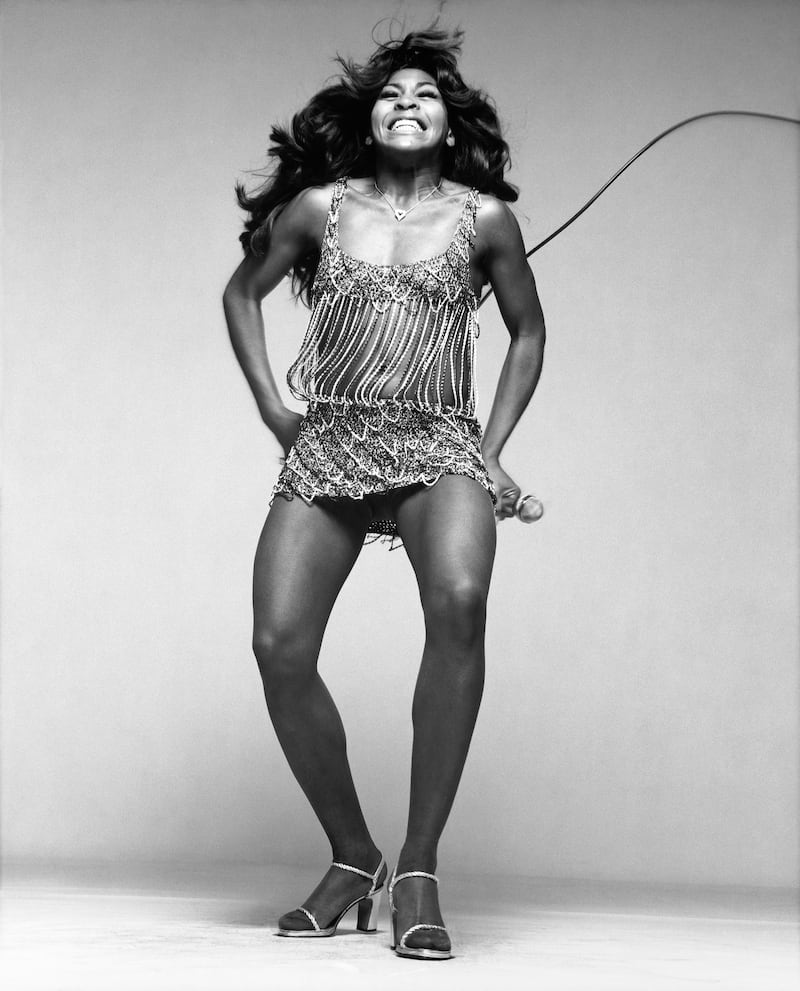
Gagosian’s approach was smart. Instead of a selection of the pictures we know so well, co-curator Derek Blasberg and Laura Avedon, Dick’s daughter-in-law and head of his foundation, selected people — designers, models, artists, musicians, writers, friends and colleagues, more than 150 in all — and charged each of them with choosing a single image that expressed their connection with or affection for the photographer, or clarified what they considered to be his genius. That’s how “Avedon 100″ became the cultural sensation of the spring in New York, with an opening night turn-out the likes of which the art world hasn’t seen for a while, thanks in part to Blasberg’s formidable address book.
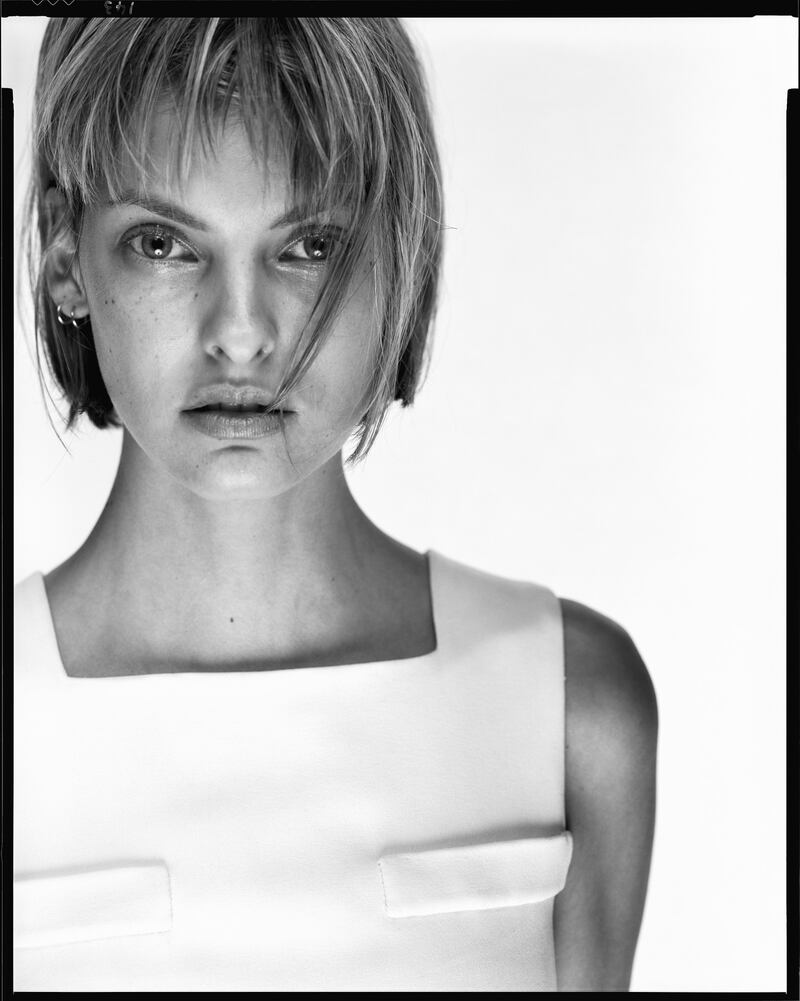
The concept also sparked a sort of party game. Who chose what? The psychology of it all! Well, first, there were the people who picked portraits of themselves, like Tom Ford and Hilary Clinton. I mean, wouldn’t you, if Richard Avedon took your picture? Likewise the models who’d worked with him: Pat Cleveland, Claudia Schiffer, Lauren Hutton (showing up opening night in the fisherman’s hat she was wearing in the 70s pic she chose) and Linda Evangelista, who opted for a simple, utterly ravishing headshot from an old Versace ad.
ADVERTISEMENT
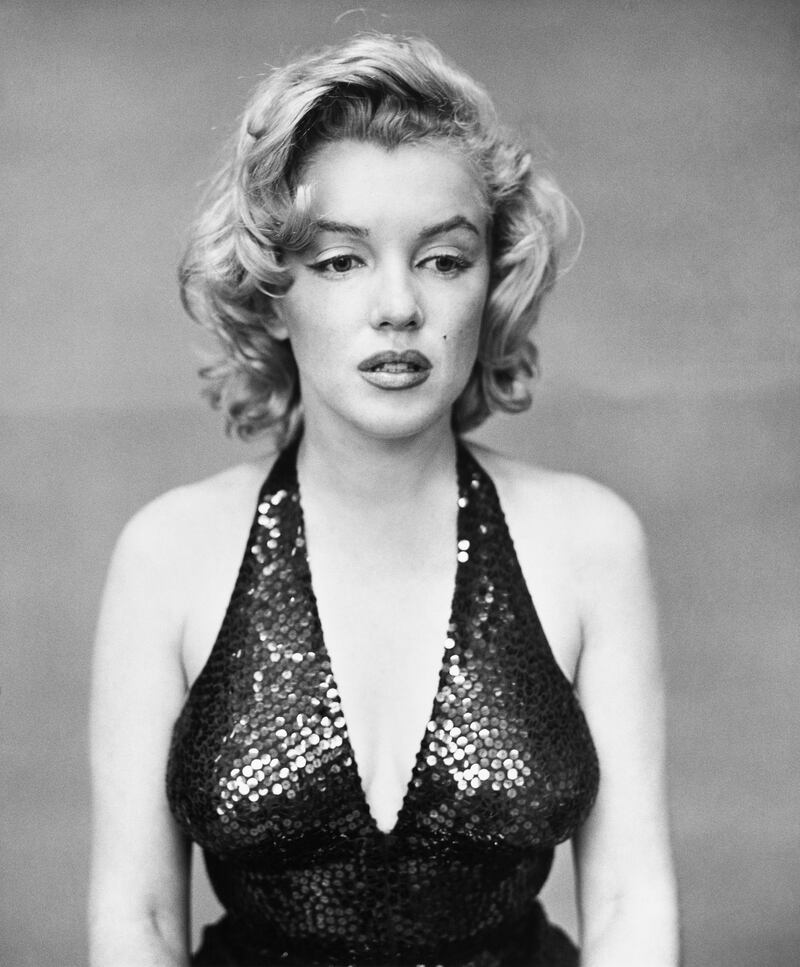
Of course, the pictures we know so well inevitably made their way into the Gagosian show. That is the nature of an iconic image. It resonates for all time with all people. So who chose Avedon’s most famous pictures? François Pinault picked the 1957 portrait of Marilyn Monroe, the so-called “Sad Marilyn,” which gains an awe-inspiring prescience with the passage of time. Marta Ortega Perez, non-executive chair of the Inditex fashion empire (spell that Zara), chose “Dovima with Elephants,” possibly the most lauded fashion image ever, from a Harper’s Bazaar shoot in September 1955. Stella McCartney unsurprisingly went for Avedon’s psychedelic tetraptych of the Beatles. Avedon’s 1962 sequence of photographs with model Suzy Parker and director Mike Nichols re-enacting Elizabeth Taylor and Richard Burton’s frantic interaction with the paparazzi — my own favourite fashion shoot — was selected by photographer Ethan James Green, who singled it out as the birth of narrative in fashion editorial. And Blasberg opted for Avedon’s 1969 triptych of Andy Warhol with his bare-all Factory superstars.
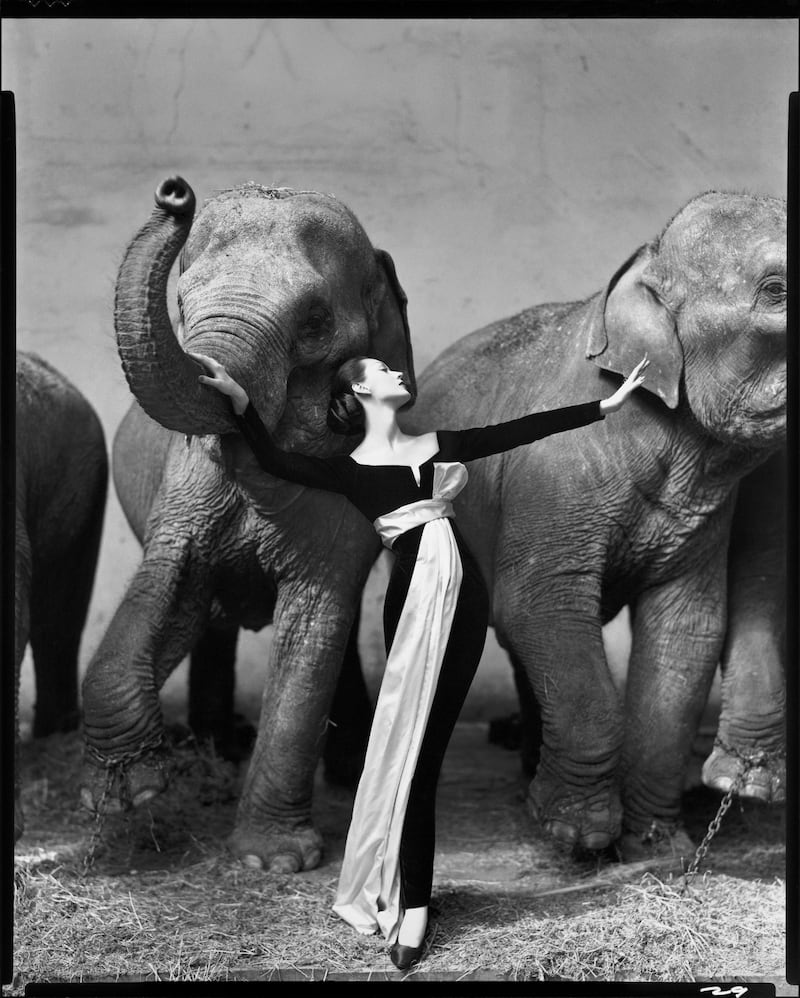
Blasberg first saw it in hometown St Louis, Missouri, where penises, leather jackets and bike boots were rocket fuel to the imagination of a Middle American teen. How you gonna keep ‘em down on the farm after they’ve seen the Factory? Learning how much work went into the seemingly casual composition of the triptych — “Nine months, multiple shots and meticulous decisions on casting and composition” — surely contributed to Blasberg’s appreciation of Avedon. But he also related to the sense of gay community, the family you create for yourself.

Avedon came back to the idea of the family a few times, most famously with a 1976 portfolio for Rolling Stone, actually called The Family (chosen for Avedon 100 by novelist and collaborator Renata Adler). It was a photographic record of America’s political establishment two years after the trauma of Watergate resulted in Richard Nixon’s resignation: George Bush as head of the CIA, Ronald Reagan as governor of California, a couple of Kennedys, you get the drift. “If Richard Avedon had not been such a great photographer, he could have been an incredible casting agent,” says Blasberg. “He had a real eye for people.”
One portrait from The Family spectacularly claims a wall in the show celebrating Avedon’s centenary at London’s Hamiltons Gallery. It’s a picture of stately matriarch Rose Kennedy, printed in a rare oversize. A wall away is a 1958 portrait of Jacqueline Kennedy. Next to it is a 1953 image of Gloria Vanderbilt. That very same photograph is propped up on the side table in the picture that Anderson Cooper chose of his mother for the Gagosian show. Such synchronicities — the artful exhibition hangings aside — are testament to the intricacies of Avedon’s engagement with all levels of society. So are Hamiltons’ rarely seen photos of a Black cotillion ball in New Orleans in 1963, which indirectly speak to his profound engagement with the civil rights movement in the 60s.
Hamiltons’ director Tim Jefferies titled his show “Glamorous,” a significant distinction from “glamour” which he feels had a specifically fashion connotation. “Glamorous” in his eyes, runs the gamut of Avedon’s work, with its ability to gloss the quotidian with extraordinary power. So his show spans congressman Adam Clayton Powell (1964), starlet Ingrid Boulting, and a particularly telling 1961 portrait of the Asian model China Machado, surrounded by agitated members of the French press. When Avedon photographed Machado for Harper’s Bazaar in 1958, he was told to reshoot on a white model. He refused to re-sign his contract if the magazine didn’t use her. So China Machado was the first non-white model in the pages of Harper’s Bazaar, not because the magazine got woke but because Richard Avedon insisted.
Jefferies’ choice for Gagosian — Avedon’s notorious portrait of the Duke and Duchess of Windsor — similarly highlights the photographer’s edgy pragmatism. Just before he took their picture, Avedon told the canine-crazed couple that his car had run over a dog on his way to meet them at the Waldorf Astoria. “It shows Avedon’s slightly wicked and humorous nature,” Jefferies explains. “He didn’t feel he was getting what he wanted so he dropped the doggie bomb. Their faces are etched with horror.”
The intrusion of his own inescapable vision on the ideal construct we all attempt to make of our lives might actually be Avedon’s signature. Not precisely warts and all, but definitely skull beneath the skin. “A portrait is not a likeness,” the photographer once claimed. “The moment an emotion or fact is transformed into a photograph, it is no longer a fact but an opinion. All photographs are accurate. None of them is the truth. I’m not interested in the truth.”
In his staging of the Gagosian show, set designer Stefan Beckman created a visual paradigm that you imagine Avedon himself would have relished. As a blizzard of cultural, political and show business figures swirls around the outer walls, the gallery space is steadily centred on a dark quiet core, a room painted black which houses images from “In the American West.” It was commissioned by the Amon Carter Museum of American Art in Fort Worth in 1979, and it took six years, 752 subjects and a final choice of 124 portraits for Avedon to honour that commission. Controversial at the time — shortsighted critics slammed it as a victory of style over content, unable to accept that the eye of a New Yorker as urbane and sophisticated as Richard Avedon could ever truly do justice to the hardscrabble lives of the “real” Americans who lived west of the Mississippi — it is now, according to Jeffries, “one of the most important bodies of work ever created photographically.”
ADVERTISEMENT
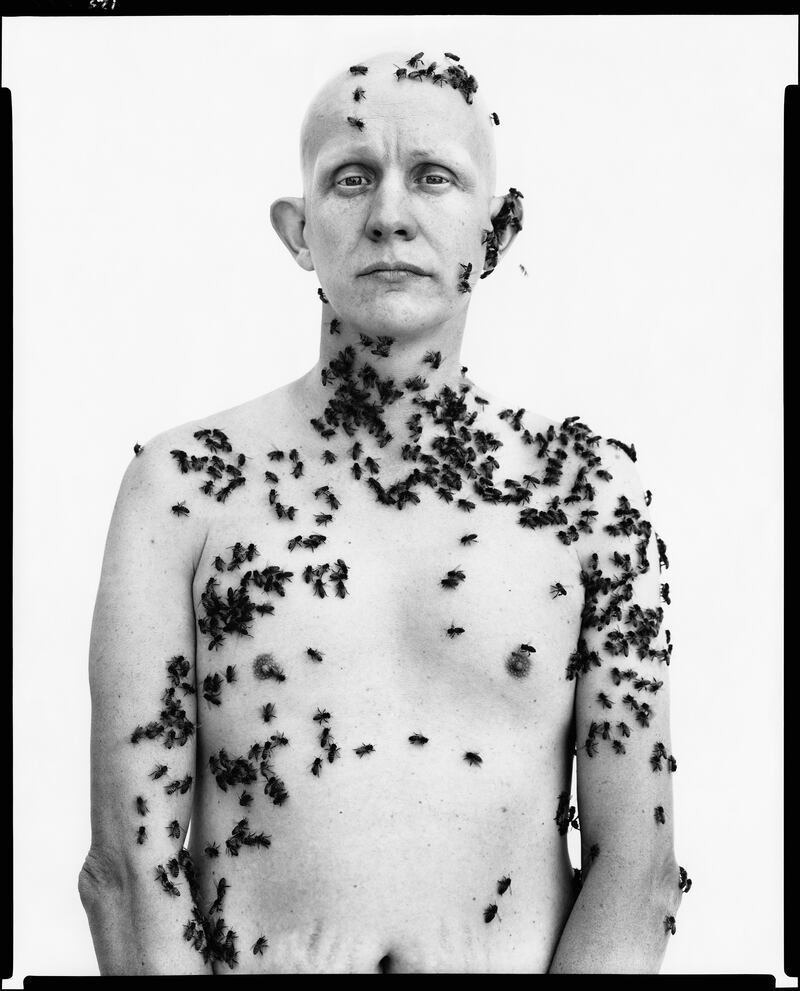
On a personal level, it was also a stunning expression of Avedon’s growing disillusionment with the sentimental myth-making of the American Dream. Here was the gap between that dream and harsh reality rendered in relentlessly stark life-size portraits. And, if the Gagosian show is any reflection, this is work that resonates deeply with the fashion industry.
Vogue editor Edward Enninful chose an image of a trucker from “In the American West.” Raf Simons selected a drifter. Kate and Laura Mulleavy of Rodarte opted for the Avedon portrait of Ronald Fischer, beekeeper. Chloe Sevigny picked an image of Russell Laird and Tammy Baker, seventeen-year-olds from Sweetwater, Texas. “It’s romance and we all want that,” she reasoned, “especially when I was 20 years old, looking at these images and falling in love for the first time.”

Miuccia Prada chose “Boyd Fortin, thirteen-year-old rattlesnake skinner, Sweetwater, Texas, March 10, 1979.” When Blasberg gave Prada, in town for the Met Gala, a private tour of the show, he proudly showed her the giant print that Avedon himself had made of Dovima and the Elephants, thinking this iconic fashion image would impress her, but she couldn’t have cared less. “And then I remembered the image she chose was of a young boy in a bloodied apron holding a headless snake,” Blasberg recounts. “I think that, to her, is the epitome of fashion. It’s not Dovima in an evening gown with those beautiful pachyderms, waving their trunks in the air.” I get it. The perverse beauty of the Fortin portrait is more attuned to the Prada aesthetic, never mind that the boy also looks like he could have stepped off the set of a Pasolini movie. Miuccia is judging Avedon as an artist rather than a fashion photographer.
He himself undoubtedly preferred that. In his 1994 retrospective at the Whitney in New York, just 15 of the 183 photos were fashion images. In 1995, a couple of years after Tina Brown hired him as staff photographer at The New Yorker, Avedon photographed an audacious 25-page “fable” called “In Memory of the Late Mr and Mrs Comfort.” It featured model Nadja Auermann interacting throughout with a skeleton. Technically a fashion shoot — she is wearing a full gamut of the new season’s looks — Avedon also intended it as an obituary for his career in fashion. “In many ways the fashion-photographer moniker became a psychological hindrance,” writes Blasberg in his introduction to the “Avedon 100″ catalogue. But how do you fight destiny? That Dovima photo, the one with the elephants that Blasberg wanted to show Miuccia Prada, might well be the single most celebrated fashion image of all time. Valuable, too. A vintage print from 1955 sold for $1,148,910 at Christies in 2010. That’s the kind of number experts would use to assert fashion’s primacy in the history of the photographic medium.
One of my favourite finds in the Gagosian show is much more humble. Chosen by photographer Tyler Mitchell, it’s a snap Avedon took in 1946, in Harlem, of himself and his high school buddy James Baldwin reflected in a mirror. A proto-selfie in other words. It underscores how much more there is still to discover about Avedon. In that, he reminds me of creators like Picasso, Warhol and Bowie, whose careers were so protean that you could winkle any number of themes out of their work to build a show around. “These guys worked every single day,” says Tim Jefferies. “They never bloody stopped.” The appropriate response is, ultimately, awe.
A single year in the photographer’s career was the impetus for a spectacular new exhibition and a love letter by Tim Blanks.
From Brad Pitt bloodied to Madonna busted by the cops, the stories the photographer tells are an uncompromising, often disturbing reflection of the way he sees the world.
His redefinition of contemporary portraiture is just one facet of the young photographer’s stunning body of work, writes Tim Blanks.
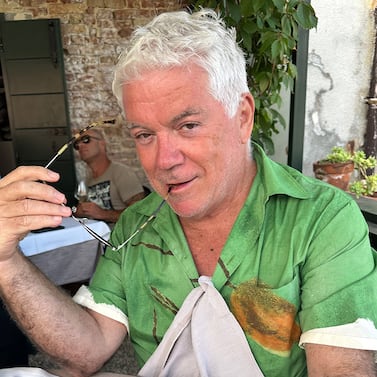
Tim Blanks is Editor-at-Large at The Business of Fashion. He is based in London and covers designers, fashion weeks and fashion’s creative class.
Willy Vanderperre speaks to Tim Blanks on more than 30 years of fashion photography and his life-long fixation with youth culture.
Next week, MoMu, Antwerp’s fashion museum, will unveil a major exhibition celebrating the work of Belgian photographer Willy Vanderperre.
In an exclusive extract from her new memoir ‘How to Make Herself Agreeable to Everyone’ the model and activist examines the dark side of the industry — and her complicity in it.
Brand architect and art director joins BoF founder and editor-in-chief Imran Amed to discuss the philosophy that underpins his groundbreaking retail and hospitality concepts.